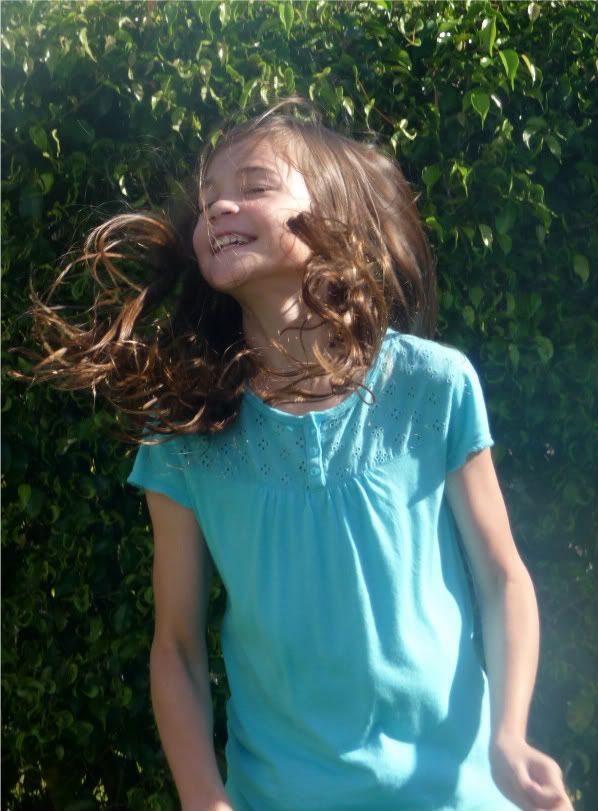| Lois Lowry at Books and Books Coral Gables, Florida |
This weekend, my nine year old daughter and I were super excited to be part of the audience to hear Newberry Award winning author Lois Lowry speak at our local bookstore. She is the author of many children's books including award winning titles The Giver and Number the Stars. She introduced her new book The Birthday Ball. The book, geared toward middle grade girls, follows Princess Patricia Priscilla in her search for a suitable suitor. The Birthday Ball is stylishly illustrated by the renowned Jules Feiffer.
At one point in her presentation, author Lois Lowry flashed a photograph of her mother on the screen, (see above photo) "I was lucky to grow up in a home that valued books...with a mother that read to me." She was acknowledging that her success as an author was due in part to an emphasis on family literacy in the home. Indeed.
Early childhood research indicates that a child’s reading development begins prior to formal reading instruction (1). This phase of early reading development is termed as emergent literacy, a concept which minimizes the distinction between pre-reading and formal reading instruction. Emergent literacy is defined as the “developmental precursors to reading before children enter a formal school environment” (1).
The concept of emergent literacy, a continuum of literacy development that originates in early childhood (2), is critical to family literacy because it acknowledges the role of the environment in literacy development. Emergent literacy emphasizes that the environment, particularly the home in which a child lives, has a considerable impact on the development of literacy skills.
Research indicates that the interactions between a parent and child is the basis for language and literacy development (3). Parents and caregivers have a definitive impact on a child’s emergent literacy and reading-readiness; therefore, the home environment serves as the “first classroom” (4) in literacy learning. The informal home environment then, can be viewed as an integral component that equips and prepares a child for formal schooling and beyond(5;6;7;8).
Reading to your child is not only a wonderful bonding experience. Make it a habit, and you just might be raising the next award winning children's book author!
5.Hay, I. & Fielding-Barnsley, R. (2007). Facilitating children’s emergent literacy using shared reading: a comparison of two models. Australian Journal of Language and Literacy 30 (3), pp. 191-202.
6.Mullis, I.; Kennedy, A.; Martin, M.; Sainsbury, M. (2006, February). Assessment framework and specifications: Progress in international reading study. International Association for the Evaluation of Educational Achievement. Chestnut Hill, MA: International Study Center, Lynch School of Education.
1. Neuman, S., Dickinson, D. (2001). Handbook of early literacy research. New York, NY:Guilford Press.
3. Parecki-DeBruin, A., Krol-Sinclair, B. (2003). Famil y literacy: from theory to practice.Newark, DE: International Reading Association.
4.Reeder, P., Sowers, K. (2002, November/December). Family literacy: It takes a village. Library Talk, pp. 6-9.
8.Snow, P.; Burns, S.; Griffin, P. (1998). Preventing reading difficulties in young children. (Eric Reproduction Service No. ED416 465).Washington D.C.: Department of Education.
7.Spiegel, D.L. (1992, December). A portrait of parents of successful readers. (ERICDocument Reproduction Service No. ED353 548).
of Massachusetts district efforts to increase family involvement. Malden, MA: Massachusetts Department of Education







